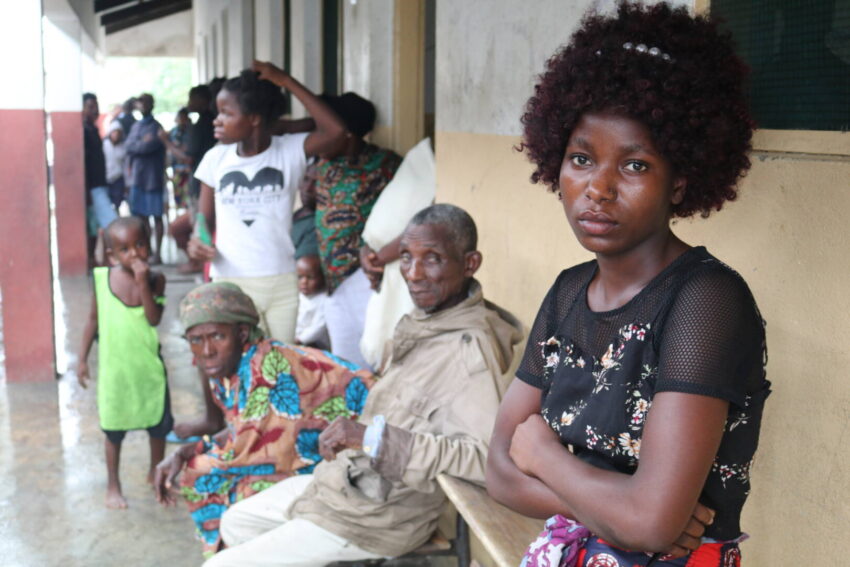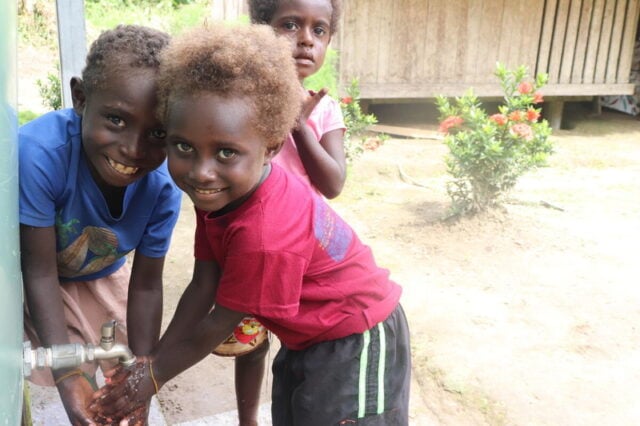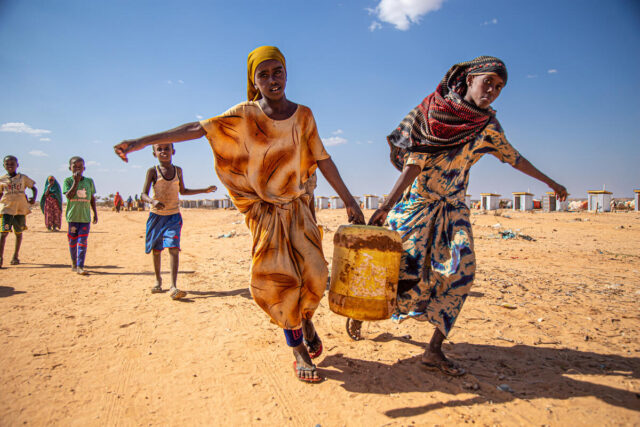Cholera remains a significant public health concern in many parts of the world. In 43 countries, more than 1 billion people are at risk of a cholera outbreak. After years of decline, incidences rose in 2022 due to escalating conflict, extreme weather events, poverty, and lack of access to clean water and safely managed sanitation. In 2025, a cholera epidemic in the Democratic Republic of the Congo worsened the humanitarian crisis for millions of people.
Cholera: Facts, FAQs, and how to help
Explore facts and FAQs about cholera, and learn how you can help children and families at risk of the disease.
- Cholera: Fast facts
- What causes cholera?
- How do you know if you have cholera?
- Why is cholera dangerous for infants and young children?
- Where is cholera most common and how is it spread?
- What is the difference between cholera, acute watery diarrhea, and dysentery?
- How do natural disasters cause cholera?
- How can we prevent and control cholera?
- Does World Vision respond to cholera outbreaks?
- What is World Vision doing to equip people with clean water worldwide?
- How can I help people at risk of cholera?
- History of cholera
Cholera: Fast facts
- Cholera is an intestinal disease caused by bacteria often found in contaminated water or food.
- Symptoms of cholera include diarrhea, vomiting, and leg cramps.
- Each year, an estimated 4 million people worldwide suffer from cholera, and the disease causes as many as 143,000 deaths, according to the World Health Organization (WHO).
- 22 countries are fighting outbreaks of cholera caused by people consuming contaminated food or water.
- Cholera symptoms can show up 12 hours to 5 days after consuming contaminated food or water. The disease can kill if left untreated.
- Access to clean water, sanitation, and hygiene behavior resources is critical to prevent and control cholera and other waterborne diseases.
What causes cholera?
Cholera is an intestinal infection caused by Vibrio cholerae bacteria. Most people get it by consuming or coming in contact with contaminated water or food. Cholera may cause extreme diarrhea, which can lead to dehydration and even death.
How do you know if you have cholera?
Cholera can affect people of all ages, but young children are particularly vulnerable to the disease, as they have weaker immune systems and are more likely to become dehydrated quickly. Cholera infection is often mild or without symptoms but can be severe.
- Severe symptoms include watery diarrhea, vomiting, and leg cramps.
- Untreated, these conditions may lead to rapid dehydration, septic shock, kidney failure, and death within hours.
- Children with cholera may also experience drowsiness, fever, and convulsions.
Why is cholera dangerous for infants and young children?
A child infected with cholera may experience severe diarrhea, vomiting, and abdominal pain. These symptoms can lead to rapid dehydration, which can be life-threatening if left untreated. Preventing cholera in children involves:
- Ensuring access to clean drinking water.
- Improving sanitation and hygiene behaviors.
- Providing oral cholera vaccines to vulnerable populations.
Where is cholera most common and how does it spread?
Cholera is most common in developing countries with poor sanitation and inadequate access to clean water. According to the WHO, cholera is now endemic in many countries, mostly in sub-Saharan Africa, South Asia, and the Americas.
Since the 2010 cholera epidemic in Haiti, cholera has become widespread there. Worldwide, people in Malawi, Mozambique, the Philippines, Syria, and Yemen are also affected by outbreaks. In these cholera-endemic countries, outbreaks often occur in the rainy season when drinking water may become contaminated through flooding.
Cholera spreads through contaminated water and food. The bacterium responsible for cholera can survive in water for long periods and infect humans who consume the contaminated water or food. Poor sanitation, inadequate sewage disposal, and a lack of clean drinking water can all contribute to the spread of cholera.
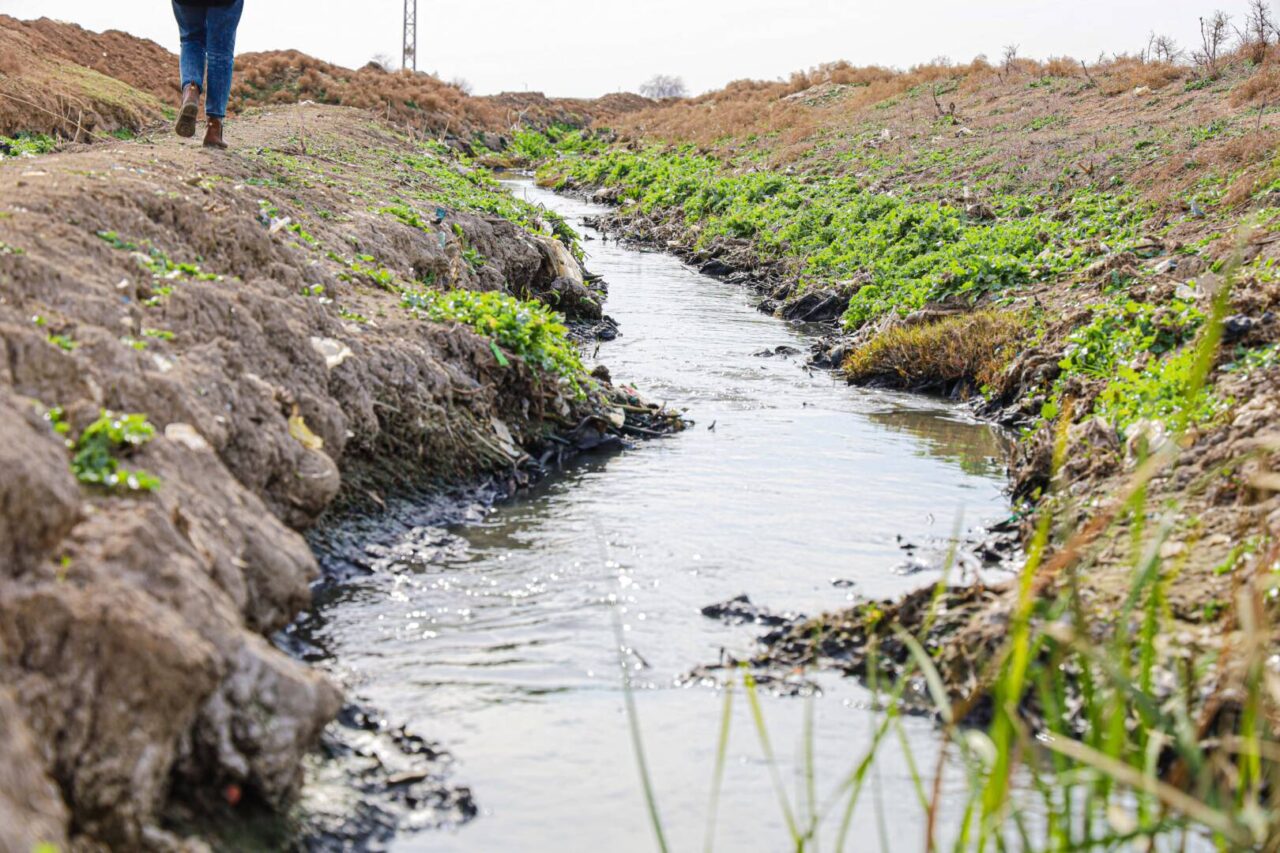
What is the difference between cholera, acute watery diarrhea, and dysentery?
Cholera, acute watery diarrhea, and dysentery are all types of diarrheal diseases, but they’re caused by different pathogens and have different symptoms and treatments. Some of the differences are:
- Cholera is a bacterial infection that causes watery diarrhea.
- Acute watery diarrhea is most often a symptom of an intestinal infection, which can be caused by different bacteria, viruses, or parasites.
- Dysentery is a bacterial or parasitic infection that causes bloody diarrhea and other symptoms.
How do natural disasters cause cholera?
Natural disasters — floods, hurricanes, and earthquakes — can damage water and sanitation infrastructure, leading to contaminated water sources and poor sanitation conditions. The disruption creates ideal conditions for transmitting cholera bacteria.
After a natural disaster, people may be displaced and forced to live in overcrowded shelters or temporary housing with limited access to clean water and sanitation facilities. This can increase the risk of cholera spreading, as people may be forced to use contaminated water sources or practice poor hygiene due to the lack of facilities.
How can we prevent and control cholera?
Clean water is an essential component in preventing and controlling cholera, but it’s not the only way to prevent the disease. Other measures such as access to clean drinking water, safely maintained sanitation, hygiene behavior change, vaccination, antibiotics, and early detection and response to cholera outbreaks are also crucial.
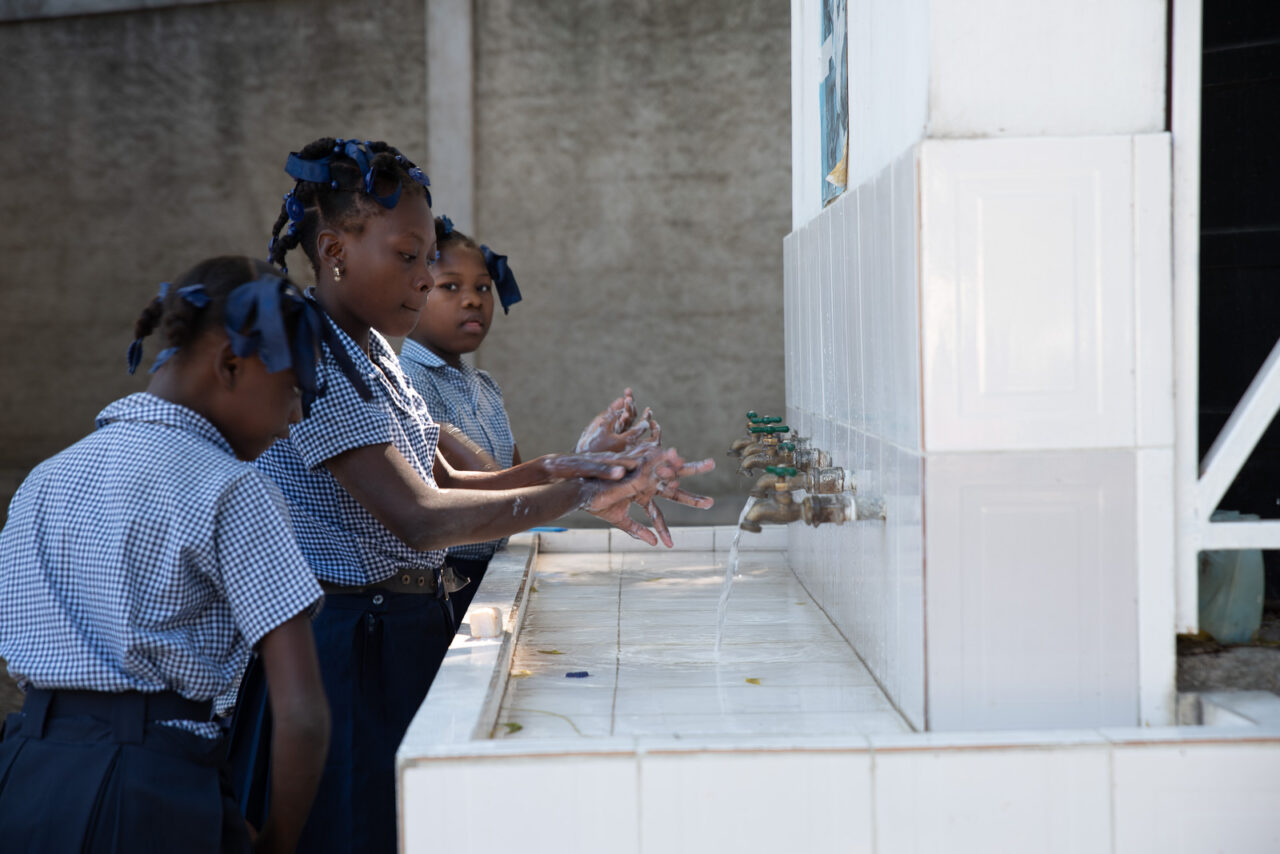
Does World Vision respond to cholera outbreaks?
World Vision supports vulnerable communities affected by various crises, including cholera outbreaks. We have been actively responding to cholera outbreaks in several countries by providing critical resources and services to affected communities. Some of our work to prevent cholera outbreaks includes:
- Lasting access to clean water: We work to improve access to clean water in affected communities by repairing and constructing water systems and wells. We also distribute water treatment products to prevent the spread of the disease.
- Promoting hygiene behavior change: We educate communities and raise awareness with campaigns promoting handwashing, safe food handling, and proper sanitation.
- Responding to emergencies: In a cholera outbreak, we deploy staff and resources to affected areas, help set up treatment centers, and provide life-saving supplies and equipment.
As with all our work amid crises, we address the immediate needs of affected communities while also working to build their long-term resilience.
What is World Vision doing to equip people with clean water worldwide?
As the leading nongovernmental provider of clean water in the developing world, we’re reaching one new person with clean water every 10 seconds and one new person with handwashing behavior change programming as well.
We work to make sure the most vulnerable children and adults, including people with disabilities, in rural areas with the highest disease burden gain access to clean water, improved sanitation, and hygiene behavior change promotion.
Learn more about World Vision’s work to end the global water crisis.
How can I help people at risk of cholera?
Join us in helping equip communities and families around the world with clean water and sanitation. Since 2011, we’ve helped establish lasting access to clean water for 31.4 million people. Our goals for the future are even more ambitious — but achievable with your help.
- Pray: Ask God to pour His blessings out on families in need of clean water, and please pray for affected families — especially children — who become even more vulnerable during crises like natural disasters.
- Give: Help equip children and families with lasting access to clean water.
- Get involved: Walk, run, or roll World Vision’s Global 6K for Water on May 20, 2023, to empower children worldwide with clean water access. You can also make a long-term commitment to join Team World Vision in the race to equip children and families with clean water.
https://youtu.be/0RHj-4zWxAk
History of cholera
400 BC: Greek physician Hippocrates describes a diarrheal disease like cholera.
1817 to 1823: In the first known cholera pandemic, an outbreak engulfing a large region, the disease spreads from the Ganges River delta to the rest of India. The disease is thought to have originated in the Ganges Valley, where it has been known there since antiquity. Through trade and colonization, the outbreak spreads to Southeast Asia, Central Asia, the Middle East, East Africa, and coastal Mediterranean regions.
1829 to 1851: The second cholera pandemic spreads from India as far as Europe and the Americas.
1854: Italian Filippo Pacini isolates the cholera bacterium, Vibrio cholerae.
1863 to 1923: The third, fourth, fifth, and sixth pandemics also originate and spread from India, each with a slightly different strain of the bacteria.
1883: Robert Koch identifies Vibrio cholerae as the cause of cholera in an Egyptian outbreak, contributing to the modern understanding of infectious diseases.
1961: The seventh cholera pandemic starts and spreads from Indonesia. It continues to cause devastating losses in Africa.
1979: Oral rehydration therapy is introduced as a standard treatment for cholera.
2010: Because of poor sanitation after the Haiti earthquake, a cholera outbreak that starts in the fall of 2010 spreads rapidly through displacement camps.
2016: Yemen experiences the worst outbreak in history, affecting more than 1 million people. The U.N. estimates that 16 million people of Yemen’s 29 million people lack safe water and adequate sanitation.
2017: The Global Task Force on Cholera Control, led by the WHO, outlines a plan to interrupt the spread of cholera and reduce deaths by 90% by 2030.
2018: Haitian health officials report in October that cholera has infected more than 819,000 people and killed nearly 10,000 since the start of the 2010 epidemic. About 3,400 new cases are reported at year’s end.
2019: In Mozambique, cholera is spreading rapidly among populations displaced by Cyclone Idai in March. A massive vaccination campaign has begun.
2022: Cases and outbreaks are reported in 30 countries, including the Dominican Republic, Haiti, Lebanon, and Syria.
2023: An estimated 1 billion people in 43 countries face the threat of cholera infections, according to the WHO.
Sevil Omer of World Vision U.S. contributed to this article.
